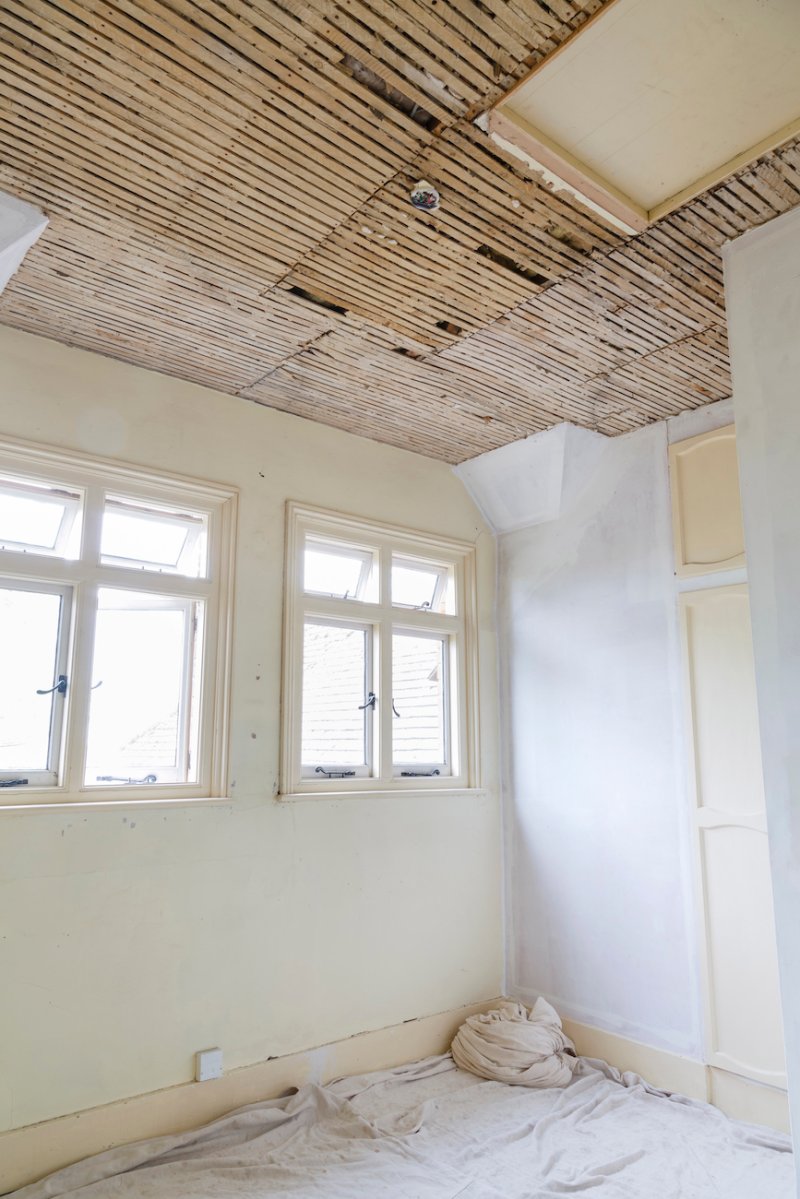

We may earn revenue from the products available on this page and participate in affiliate programs. Learn More ›
From the 1700s all the way through the 1940s, lath and plaster was the interior wall construction method of choice. Builders nailed thin, closely spaced strips of wood (lath) to wall studs and then smoothed multiple coatings of plaster over the lath to form flat wall surfaces.
When drywall panels came on the scene in the 1950s, they soon replaced lath and plaster as a quicker, easier install option. Lath and plaster construction is definitely an old school technique, but when compared to drywall, it has a few surprising benefits. If your existing home has lath and plaster walls—or if you’d like to incorporate new plaster walls in a remodeling project—keep reading to learn more about this old construction method that’s gaining new fans.
RELATED: What’s the Difference? Drywall vs. Plaster
1. Dense lath and plaster provides some insulation, fire resistance, and soundproofing.
Powdered lime, sand, and fibers (often horsehair) were the traditional ingredients used in the creation of lath and plaster walls. A typical lath and plaster wall required a minimum of three coats of plaster, resulting in a dense, rock-hard coating nearly 1 inch thick. In combination with the lath framework beneath, lath and plaster together comes to about 1¼ inch thick. This thickness offers some distinct benefits:
- Lath and plaster walls provide a measure of insulation, helping homes stay warmer in winter and cooler in summer.
- The thick, dense layer of plaster dampens the transfer of noise from one room to the next. This is why older homes are often much quieter than new homes with interior walls that are made from drywall.
- Plaster is more fire-resistant than drywall.
- While plaster walls are smooth and flat, they can contain slight surface trowel marks that add some desirable Old World character to a home.
- Lath and plaster is more contour-friendly than rigid drywall panels are. This makes it easier to create custom curves and arches in walls and ceilings.
RELATED: 19 Drywall Alternatives You’ll Wish You Knew About Sooner
2. Lath and plaster construction does, however, have its downsides.
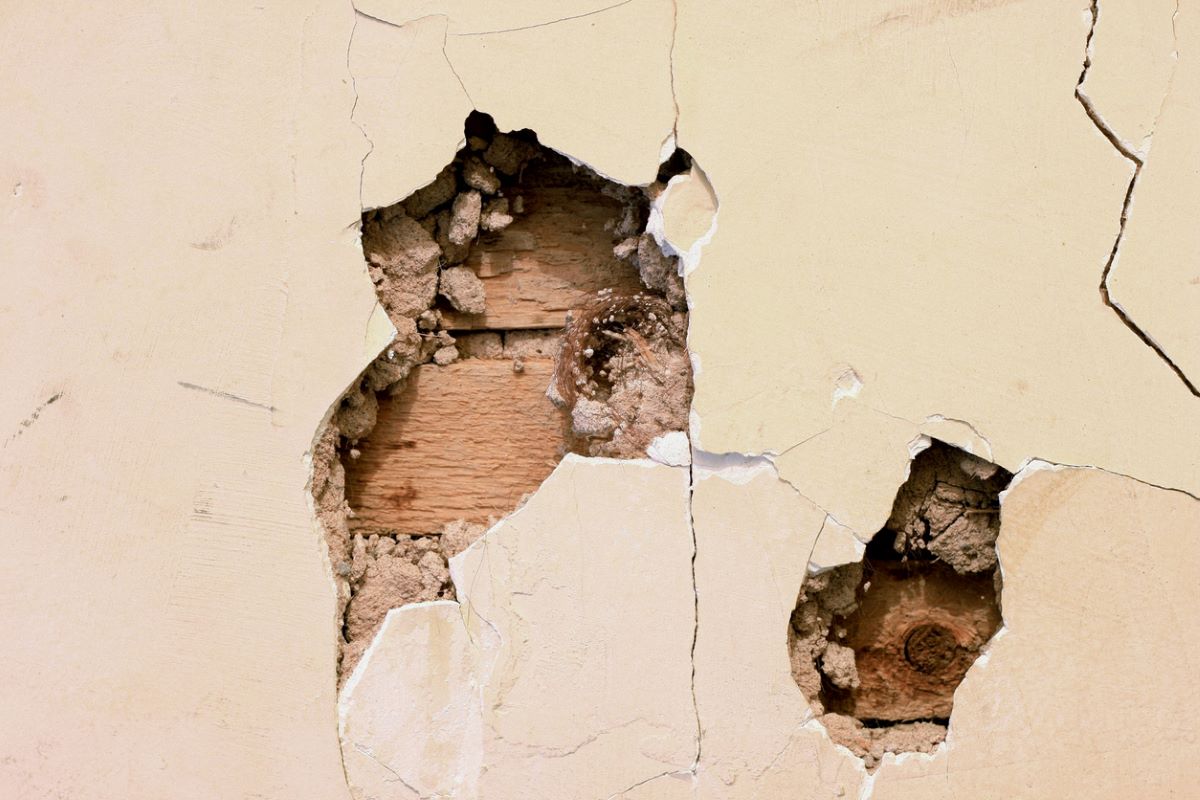
For all its ambience, character, and positive acoustical traits, there are good reasons why lath and plaster fell out of vogue.
- Over time, most houses naturally settle; when they do, plaster, which is hard and brittle, can often crack. If the settling is substantial, chunks of plaster are likely to fall off the lath framework.
- It’s difficult to retrofit lath and plaster walls with new wiring without cutting into the walls. That’s because the spaces between the lath and studs are often filled with a few inches of fallen plaster, which block the space and prevent an electrician from “fishing” new wiring through the walls.
- Older homes with lath and plaster walls rarely contain adequate insulation. Starting in the 1970s, blown-in fiber insulation was added to many lath and plaster homes, but plaster obstructions and wood blocks within the stud spaces didn’t allow for even distribution, so entire portions of walls were left without any insulation.
- When moisture from leaks saturates the wood laths, it increases the risk of chunks of plaster coming loose and falling from the wall or ceiling.
3. Most houses built before 1940 have lath and plaster walls that need regular inspections and repairs.
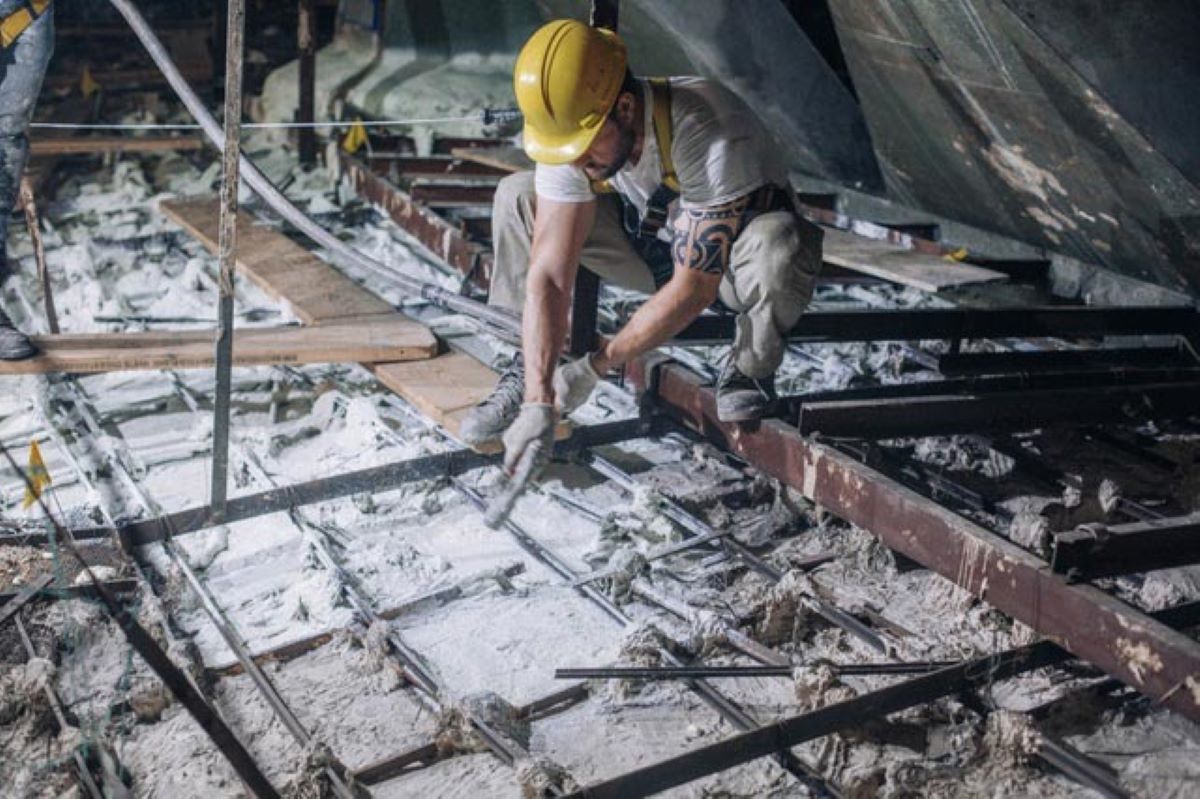
If you live in a house built before 1940 and the walls haven’t been updated, they are most likely plaster. As long as they’re in decent condition (in other words, not falling away from the lath in chunks), you may opt to leave them as they are. For many, plaster walls are a big part of an older home’s historical charm, and they’re well worth keeping intact. If this is the case, the best way to ensure that the walls remain in good shape is to regularly inspect them and repair cracks as soon as you notice them.
Patching plaster walls can be as simple as skimming over small cracks with new plaster. Sometimes, however, repairs can be more involved and may require removing loose sections of plaster and filling in the spot using a standard Three-Step Plaster Method. While skimming over small cracks is something a handy homeowner can do herself, replastering entire sections is a job for a professional plasterer.
4. There are three main types of lath, and they are used for different applications.
The main types of lath used with plaster are metal lath, wood lath, and rock lath. Each has pros and cons that make them best suited for particular situations.
Metal lath looks much like a screen. Not only is the material consistent, it also provides added fire protection.
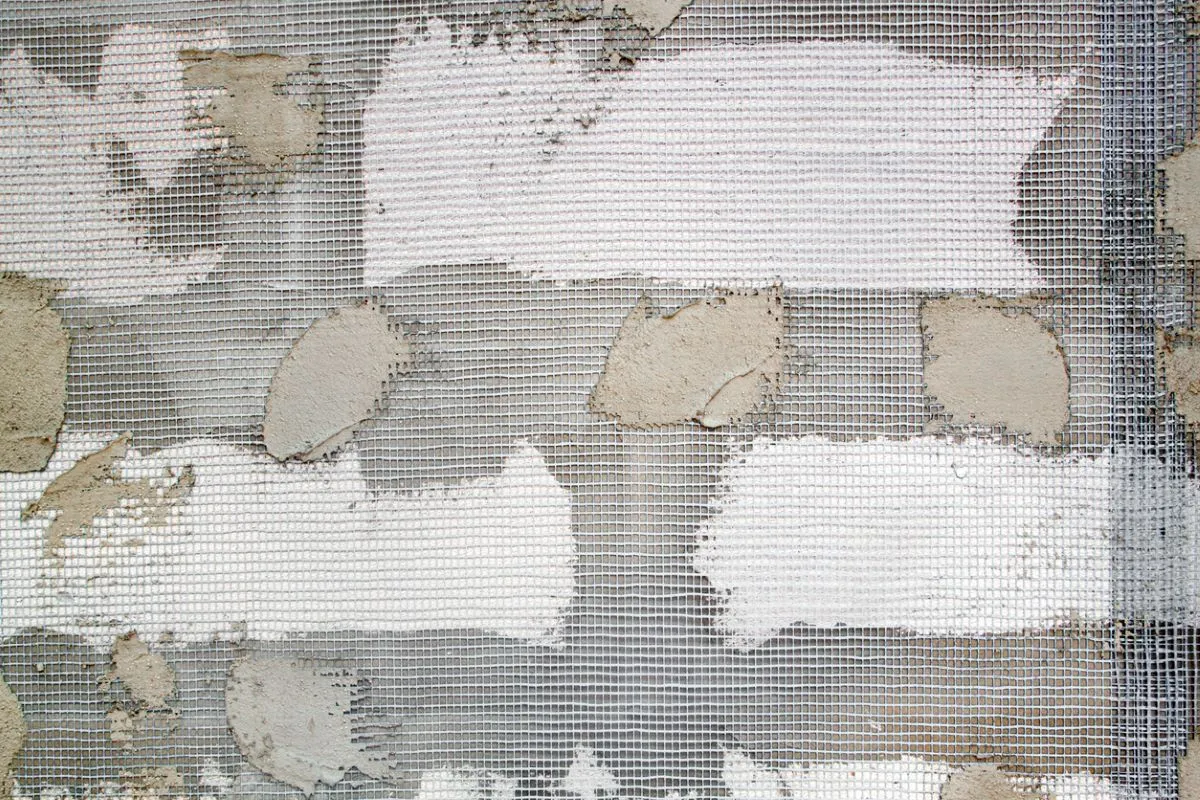
Wood lath has been used in construction for more than 400 years. Also called lath strips, these narrow slats are typically 2 inches wide and about 4 feet long, with rough surfaces that help secure the plaster to the lath.
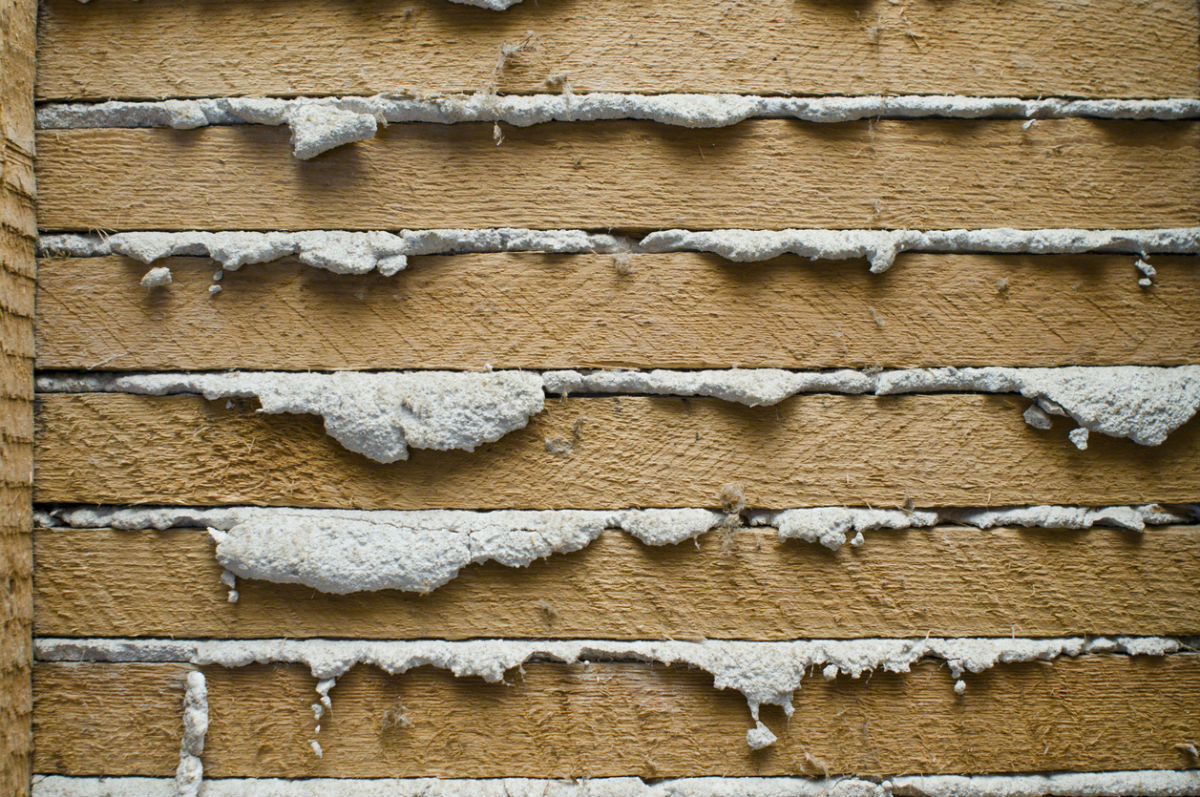
Rock lath is made from plasterboard or drywall. It’s typically ⅜ inch thick, 16 inches wide, and 48 inches long. Rock lath generally has small holes or a textured surface to improve adherence of the plaster.
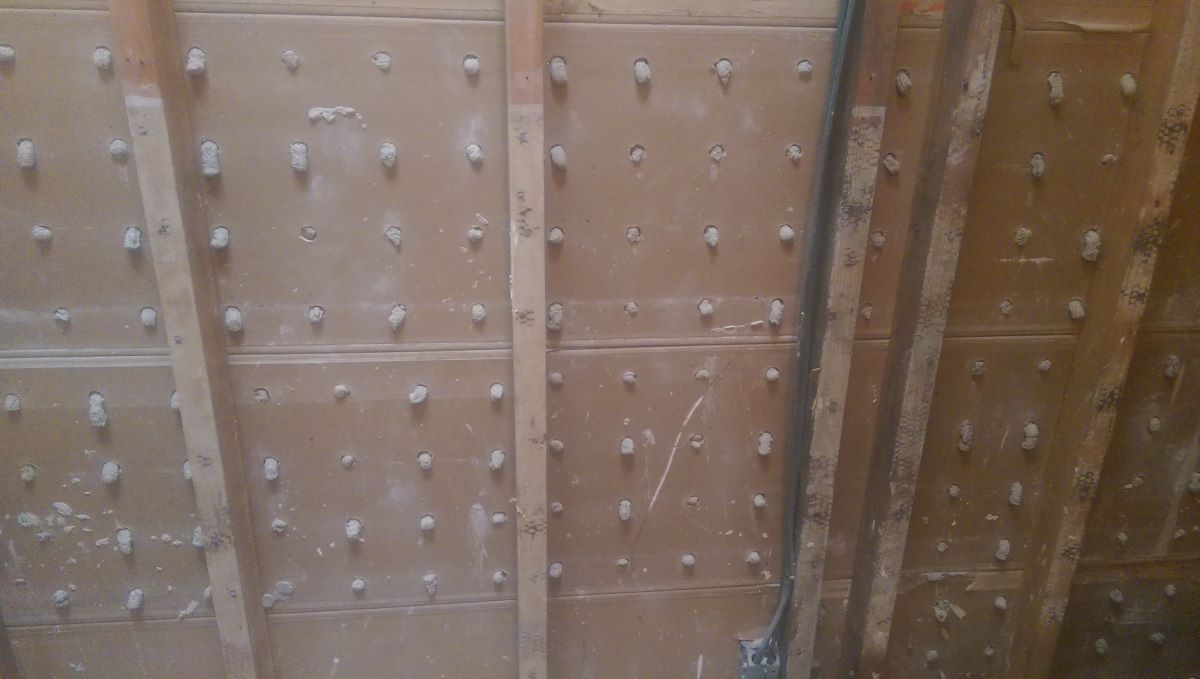
5. Lath and plaster walls can be updated to drywall by covering them, or replacing them altogether.
If your plaster walls have seen better days, you may be ready to upgrade to drywall panels. This is usually done as part of a larger remodeling project and often includes the addition of new wiring and insulation (which often has to be done to meet code). Updating to drywall is typically done in one of two ways:
- You can cover the old plaster by installing drywall panels on top. This is the simplest and least messy way to go, but not necessarily the most efficient. Small runs are cut through the original plaster at the bottom of the walls in order to install new wiring, and then drywall panels are installed over the plaster. The only way to add insulation is to drill holes in the exterior siding and blow in fiber or cellulose insulation. As discussed above, this tends to leave voids in the stud spaces.
- The best—but messiest—way to update to drywall is to completely demolish the old walls, tear out the lath and plaster all the way down to the studs, and update the wiring and insulation before installing new drywall panels.
6. Building a modern home with lath and plaster walls is possible but pricey.
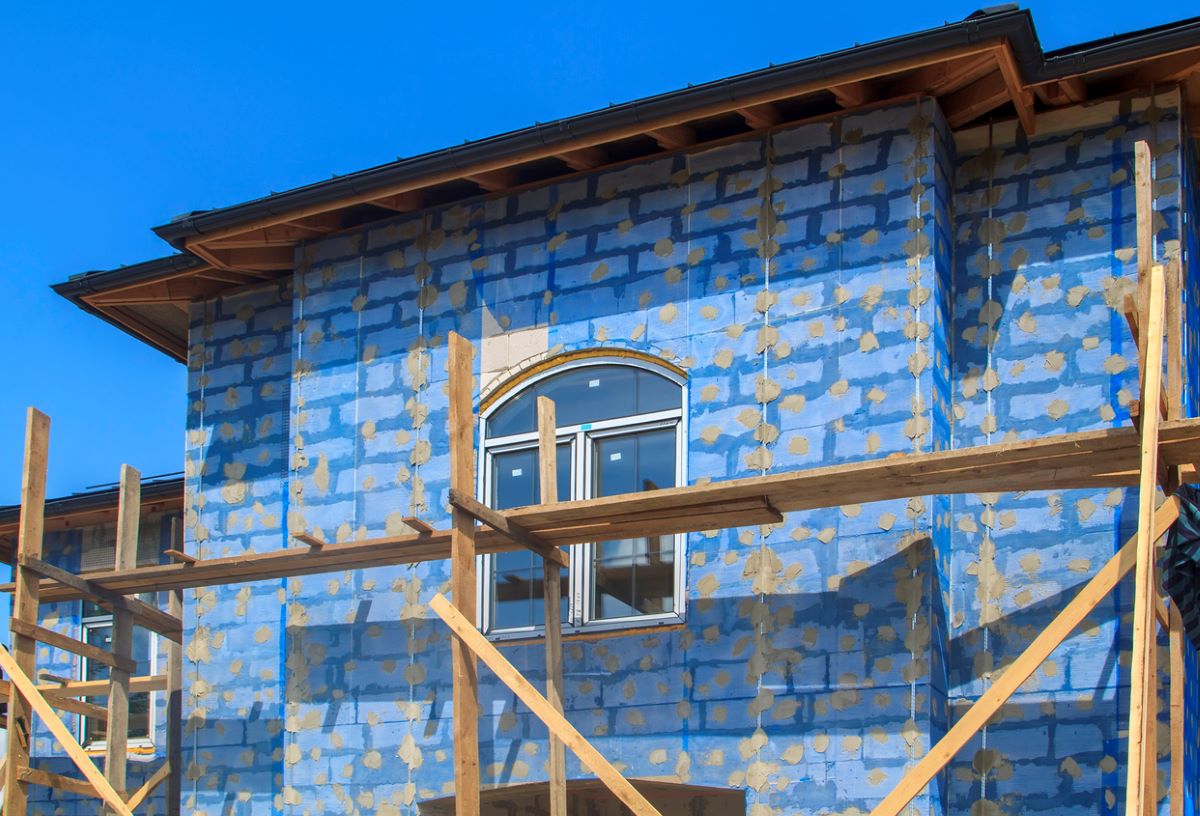
If you’re building new construction, you can enjoy the beauty of plaster walls without the problems that come with older homes. It’s a pricey proposition, however: Be prepared to pay as much as $10 or more per square foot to have plaster professionally installed. Compare that to the cost of professionally installed drywall, which averages $1 to $3 per square foot.
- Like their earlier counterparts, modern plaster walls are created by smoothing plaster over lath (usually metal lath designed to hold plaster). A minimum of three coats is still necessary to achieve a smooth, flat surface.
- You won’t find horsehair in today’s plaster mixes (unless you’re doing historical restoration). Contemporary plaster products contain a mixture of clay, lime, acrylic components, and optional dyes to create an attractive surface that can be left as is or painted.
- Installing lath and plaster isn’t a DIY project. Unskilled attempts to construct plaster walls often end up looking lumpy and amateurish.
RELATED: 10 Plastering Tools for Wall Installation and Repair
7. Lath and plaster walls tend to be more environmentally friendly than drywall.
While there are many ways to compare the environmental impact of drywall vs. plaster walls, lath and plaster can be more environmentally friendly over the lifetime of the building product. First off, if well maintained, plaster can last longer than drywall. The Gypsum Association cites a 50-year lifespan for drywall, whereas plaster has been known to last 100 years or longer.
In addition to being more durable than drywall, plaster is inhospitable to mold growth and offers better soundproofing, insulation, and fireproofing, especially if used with metal lath. All of these benefits cut down on the use of other building products and reduce the overall environmental impact of construction, especially of interior walls.
Manufacturing also plays a role in the relative eco-friendliness of the materials. The processing of plaster releases carbon dioxide, but the production of gypsum releases sulfur dioxide, nitrous oxide, and carbon monoxide. As well, while drywall can be recycled, there aren’t many places that will recycle it, and the disposal of drywall in landfills leads to concerns of chemical leaching and the creation of hydrogen sulfide gas. It’s worth noting, however, that older lath and plaster walls may have been coated with lead paint or could have asbestos in the mix, so if you need to remove plaster walls, it’s important to test them to find the safest disposal strategy.
